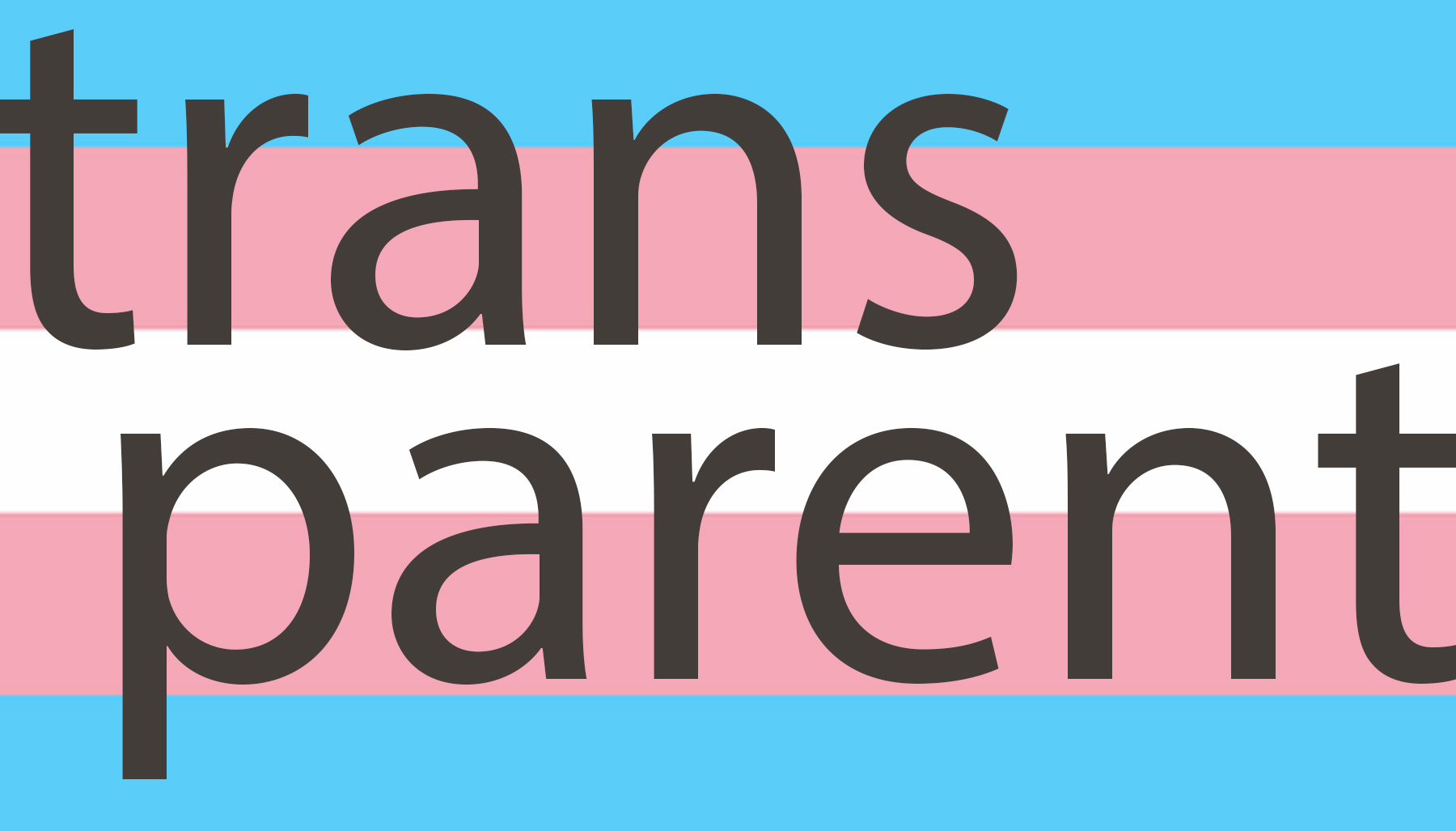
Breaking the stereotypes of ADHD
By: Samuel Smith, Columnist
Views expressed in opinion columns are the author’s own.
With last month being ADHD Awareness Month, I wanted to talk about my experience with being diagnosed with ADHD and why people should be more understanding with those who are diagnosed. People with ADHD can be any gender, any race, any age, and ability level and they should be accepted without the judgement of those who don’t know what it’s like to be ADHD.
During my second semester of college, I went to my nurse practitioner’s office for a routine medication refill. During the visit, she noticed I was fidgeting – mainly bouncing my leg. She asked me if I always did that.
I’ve always fidgeted, I remember as a kid my mom lecturing me in hushed tones at mass. “Stop shaking your leg, you’re shaking the entire pew,” and, “If you don’t stop shaking your leg I’m going to pull you out of this church and we can sit outside,” were common ones. As a kid, I’d learn to hide (“mask”) my fidgeting and hyperactivity, but with the stresses of college and my first job, my fidgeting came back.
My nurse practitioner asked me some questions, things like, “do you have trouble sitting still,” and, “do you find it hard to focus in class?” We talked for a while, and she asked if I had heard of Attention Deficit/Hyperactivity Disorder (ADHD) before. Who hasn’t heard of ADHD? At least the negative aspects. I’d heard of the medication Ritalin, mentioned in “Jesus Of Suburbia” by Green Day, and I’d heard the stereotype of the white boy in elementary school who can’t sit still. I never pictured myself as somebody who would have ADHD. However, my nurse practitioner recommended I see my primary physician.
I saw my primary physician later, and he agreed I needed to get tested. I then saw a psychiatrist who talked to me, then had me, my mom, and a close friend fill out quizzes about my behavior. He also had me go to my high school and get my records. We scheduled a follow-up after this was all done.
At the follow-up appointment, the psychiatrist shuffled through my paperwork and spoke to me some more. He said I have ADHD. I asked how bad it was. He looked up at me and said (and I quote), “you’re ADHD as hell.” That stuck with me.
The psychiatrist gave me a prescription for Adderall (a common ADHD medication) and sent me on my way. I picked up the prescription at the pharmacy with my mom, took my first dose, and headed over to the shopping complex to grab Subway.
It was at this shopping complex when I felt the medication start to work. I looked at my sandwich, then looked at Mom. It was like there was a rat in my mind. For almost two decades, this rat had been running in circles and screaming with no end in sight. Suddenly, this rat was quiet and still. My thoughts were quiet and I could concentrate. I wanted to cry.
Talking to those I loved around the time of the diagnosis was weird. I’d say I was getting tested for ADHD and they’d ask why. They’d say I’m not the type of person to have ADHD, there was no way I was ADHD. They’d make up excuses, usually that I’m too smart. Then they’d find out what the symptoms were and they’d understand.
It was around this time that my youngest brother, too, was diagnosed. I couldn’t help but be slightly bitter. He was diagnosed at 14, and I was diagnosed at 19, even though I saw my first psychiatrist at 14.
“The stereotype of someone with attention-deficit hyperactivity disorder (ADHD) is a hyperactive little boy,” the American Psychological Association says.
I also noticed it wasn’t even suggested I’m ADHD until after I started transitioning and asserting my gender. When everyone saw me as a girl, it was, “sit down, sit still, shut up, act like a lady.” When I came out and began my transition (and when people started to see me as a man), suddenly people saw the issue. But I didn’t exactly fit the image of ADHD – I’m queer, I was diagnosed older, and I have other mental illnesses. The psychiatrist who diagnosed me even said himself that women and transgender people go under-diagnosed due to gender differences and gender stereotypes.
When you think about ADHD, try to steer away from the stereotypes you may attach to ADHD and you should try to be understanding ADHD. People with ADHD can be any gender, any race, any age, and ability level. ADHD folks don’t even have to be hyperactive. The latest edition of the Diagnostic and Statistical Manual of Mental Disorders (DSM), there are three types of ADHD: predominantly hyperactive-impulsive, predominantly inattentive, and a combination of both, this one is me. The inattentive type doesn’t have hyperactivity, these folks distract easily, tend to lose things, and will often bounce from one project to the next. ADHD is as diverse as the human population is, and it’s time we move away from the model of what we think ADHD looks like.

